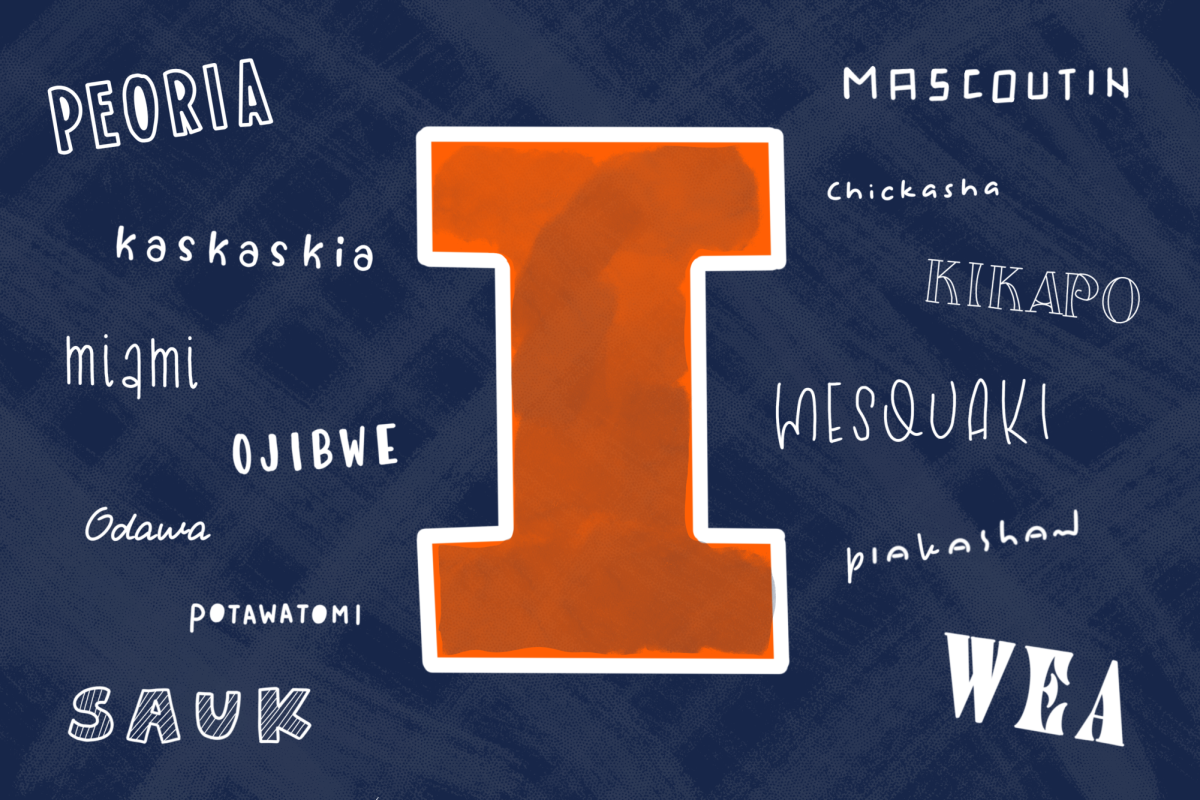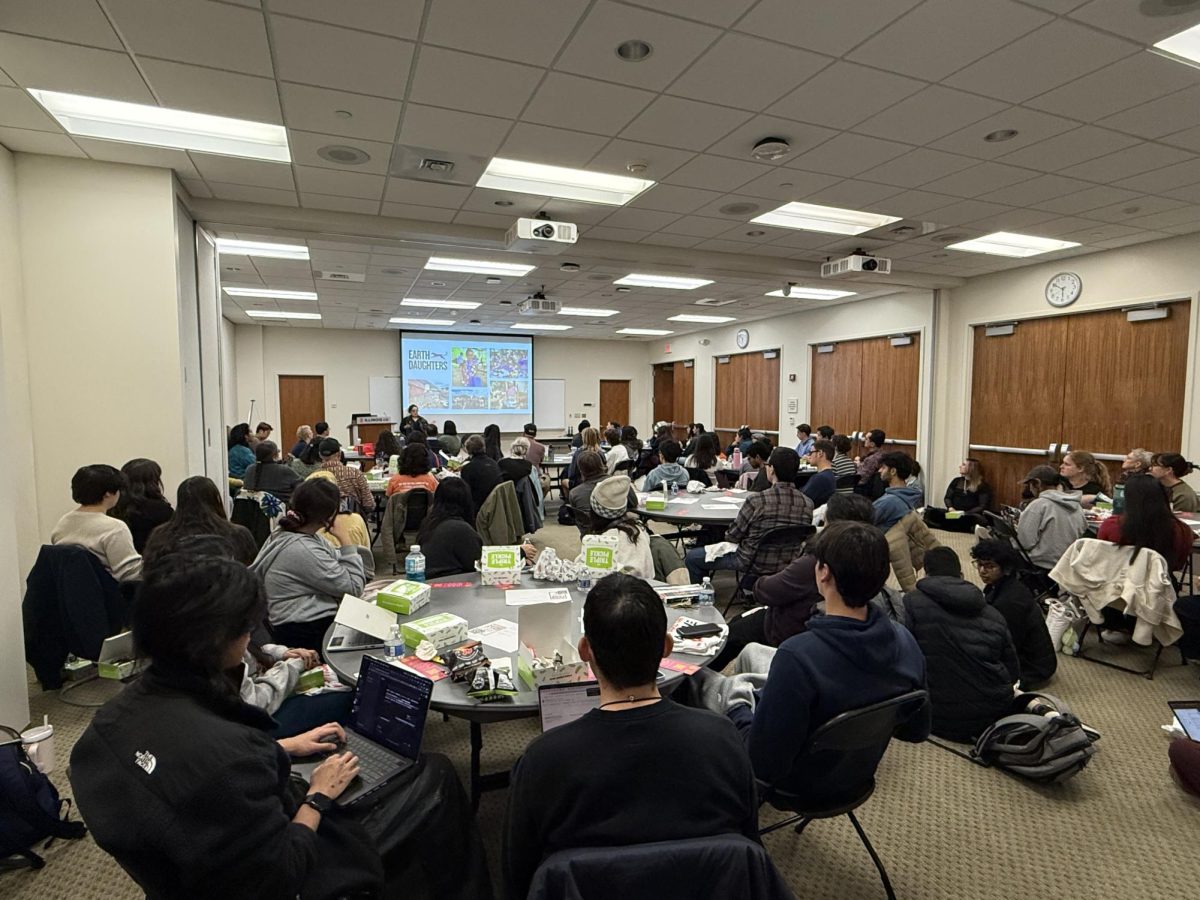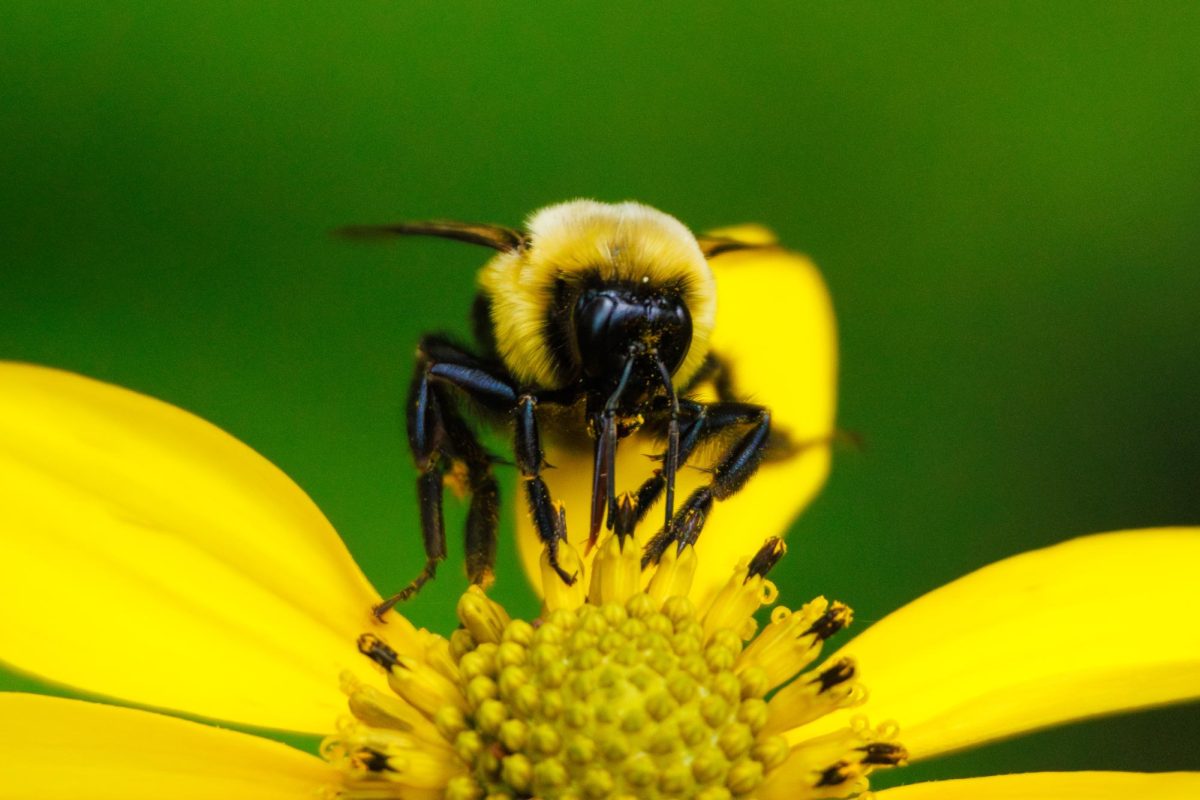November marks Native American Heritage Month, which brings educational opportunities and celebrations of Native heritage to the University.
According to the University Library’s digital exhibits, Native American Heritage Month traces back to 1915 when the annual Congress of the American Indian Association approved plans for a one-day celebration of Native culture.
Seventy-five years later, in 1990, then-President George H.W. Bush approved a joint resolution proposed by Sen. Daniel Inouye of Hawaii and Congressional Delegate Eni Faleomavaega of American Samoa to designate November as National American Indian Heritage Month.
The resolution certified November as Native American Heritage Month and proclaimed that Native Americans made “an essential and unique contribution” to the United States and the rest of the world.
Since its designation, Native American Heritage Month has served as an opportunity for education on and celebration of the diverse practices and resources found throughout Native culture, as well as an opportunity to uplift Native voices.
Get The Daily Illini in your inbox!
“November is dedicated to Native American Heritage Month, and it’s an opportunity to honor and celebrate the contributions that Native people make, whether that’s in the historic or contemporary sense,” said Charlotte Davidson, director of the Native American House. “In our case, November is also National Scholarship Month.”
National Scholarship Month is intended to spread awareness about the impact scholarships have in ensuring higher education is available for students of all backgrounds. For Native American House, this has manifested in the theme for the month: “Supporting Equitable Outcomes for Native Students in Higher Education.”
The American Indian Science and Engineering Society, American Indian College Fund, Cobell Scholarship program and Native Forward Scholars Fund are four organizations providing scholarships to Native students through the National Native Scholarship Providers.
“Representatives from each of those organizations are going to be on our campus at different times throughout the month of November to speak about the ways in which the organizations breathe life into our theme,” Davidson said.
Spreading awareness about scholarships for Native students is not the only way the Native American House will celebrate this November.
They will host a viewing and discussion of “More Than a Word,” a film focusing on the movement toward changing the name of the Washington R-dskins football team, on Nov. 7.
On Nov. 21, “Fancy Dance” will be screened. The film depicts a Seneca-Cayuga woman who must take care of her niece after the disappearance of her sister, exploring themes of forced separation and Native culture.
While these films offer a crucial look into Native culture, it is important to examine the diverse voices found in Native art, film and literature.
One recommendation comes from Elizabeth Sutton, director of Spurlock Museum. She recommends picking up Tongva artist Weshoyot Alvitre’s graphic novel, “Ghost River: The Rise and Fall of the Conestoga.”
The School of Information Sciences has recently published an edition of “Library Trends” that delves into indigenous practices in libraries. The issue will be available to the public throughout November.
Another way for students to immerse themselves in Native culture this month — and every month — is to take a trip to Spurlock Museum.
“We opened last year an exhibit on ‘Welcome to the Pow-wow’; it’s a collaboration with Native curators and Native people,” Sutton said. “We’ve gotten to work with these amazing artists who, again, for so long museums have told Native peoples stories for them, and so this for Spurlock was an opportunity to let the Native people lead, to let them decide what they even wanted to share with everybody.”
Spurlock Museum developed “Welcome to the Pow-wow: An Intertribal Pow-wow Experience” with the Bizhiki Culture and Dance Company. The company was established in 2016 and aims to further the public’s perceptions and understanding of Native culture through performances, workshops and museum exhibits.
Native American Heritage Month offers an opportunity for the University community to uplift Native voices and for Native Americans to continue sharing their stories.
Students and community members looking for support can find information on Native American Heritage Month and what the Native American House offers via its website, Facebook, Instagram and the NAH newsletter.
Non-Native community members are welcome to explore the events the Native American House will host this month. All are encouraged to use the cultural month to educate themselves and experience Native art and culture.
“What I hope Native History Month inspires is everybody, like, remind yourselves, ‘Hey, maybe my education really isn’t well rounded,’” Sutton said. “‘Maybe I’ll go out, and I’ll actually speak to Native people, and I’ll get their perspective on the world, I’ll get their perspective on history.’ And again, try to just get more educated from learning from people themselves.”









